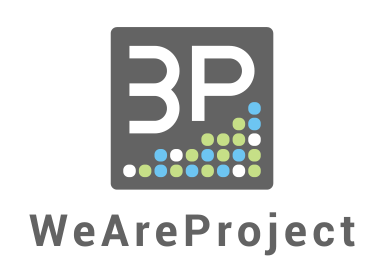News
Meeting room: knowing how to look beyond technology

Article by Christian Pieretto – CEO 3P Technologies
In the recent period, we have been hearing a great deal about Smart Working, often confused with the notion of Home Office, and about what technologies or platforms are most suited to allow for smart and/or remote working.
The past few weeks have been intense for many of us, spent between one videoconference and another. Never before has there been such an intense use of the different videoconference platforms available, which in my view, also highlights various limits and problems. I’m not speaking about the products, though, something I generally avoid; I have always considered the product only a means to reach an end.
Knowing how to look beyond technology, to not be tied to brands or products, is the true characteristic that must distinguish the audio and video integrator.
I intentionally do not speak of Smart Working or Home Office solutions, because we have all fully realized that in order to be effective and efficient online, a good PC and a “cell phone headset” is not sufficient. We understand that a good, guaranteed connection, an adequate camera, and quality devices, such as earphones and microphone, are fundamental for a videoconference.
Today I want to share some reflections, that are often the result of poor User Experiences in recent weeks in meetings rooms or work environments in general. These regard users who are “technologically evolved”, but still unable to fully use the available infrastructure, for example simply to share content, showing their embarrassment or often frustration due to the difficulty in using meeting room technologies, or the poor quality of video recordings or the audio connection. And all this often happens because rooms have different systems, with different interfaces and applications.
A person who is used to using a PC at work, a Mac at home, and navigating among various tablets and smartphones with different user interfaces, knows that work is simpler when you don’t have to continuously shift from one technology to another.
So let’s stop and think about what the right User Experience must be.
There are three important aspects, in my view:
- First of all, the comfort of the environment, as regards lighting, air treatment, climate control, and acoustic comfort, the latter often underestimated and trivialized, but essential for the participants in a meeting to feel well (in every sense).
- The choice of the right solutions. Each room has different needs and aspects to be considered before choosing the most suitable technologies. The setup of a meeting room must be the result of a technical analysis that takes into account the needs of the client and the characteristics of the environment. This is the first substantial difference between the role and skills of a professional audio-video integrator and a producer or seller of products. For example, a soundbar, however professional it may be, performs the function for which it was designed, and if it is used in a different context, the result can only be poor. We need the right solution in the right place!
- A standardized technology experience. A study has showed that most workers would like to use technology at work with the same simplicity of use as personal devices, and do not want to have to learn a different technology for each meeting room. Employees want simplicity and ease of use, as they find in the intuitive functions of their smartphone, home displays, and the devices with which they share personal content. By standardizing workplace technologies, users will be familiar with the interface and the relative functions, even when they encounter new systems.
Standardized systems improve efficiency
In order for an organization to function in a less chaotic and more efficient manner, simple and reliable solutions are necessary, that are flexible, scalable, and can easily be integrated with existing infrastructure. The standardization of technological solutions allows the IT team to monitor and easily resolve problems rapidly in multiple sites, ensuring that the technology they need is always promptly available.
The right approach for the correct design
The design of audio and video solutions for meeting rooms, independent of their dimensions, is a delicate process that requires skill and experience. AV consultants and integrators must sit at the table and collaborate from the beginning with architects, interior and lighting designers, so that audio, video, lights, curtains, and climate are integrated and can be managed with a single device with only a few “touches”. Only then can we truly speak of a “User Experience”, including in compliance with the upcoming UNI regulation – currently Practice 4/2013 – which guarantees the adoption of the best design and installation technologies for AVC systems.
